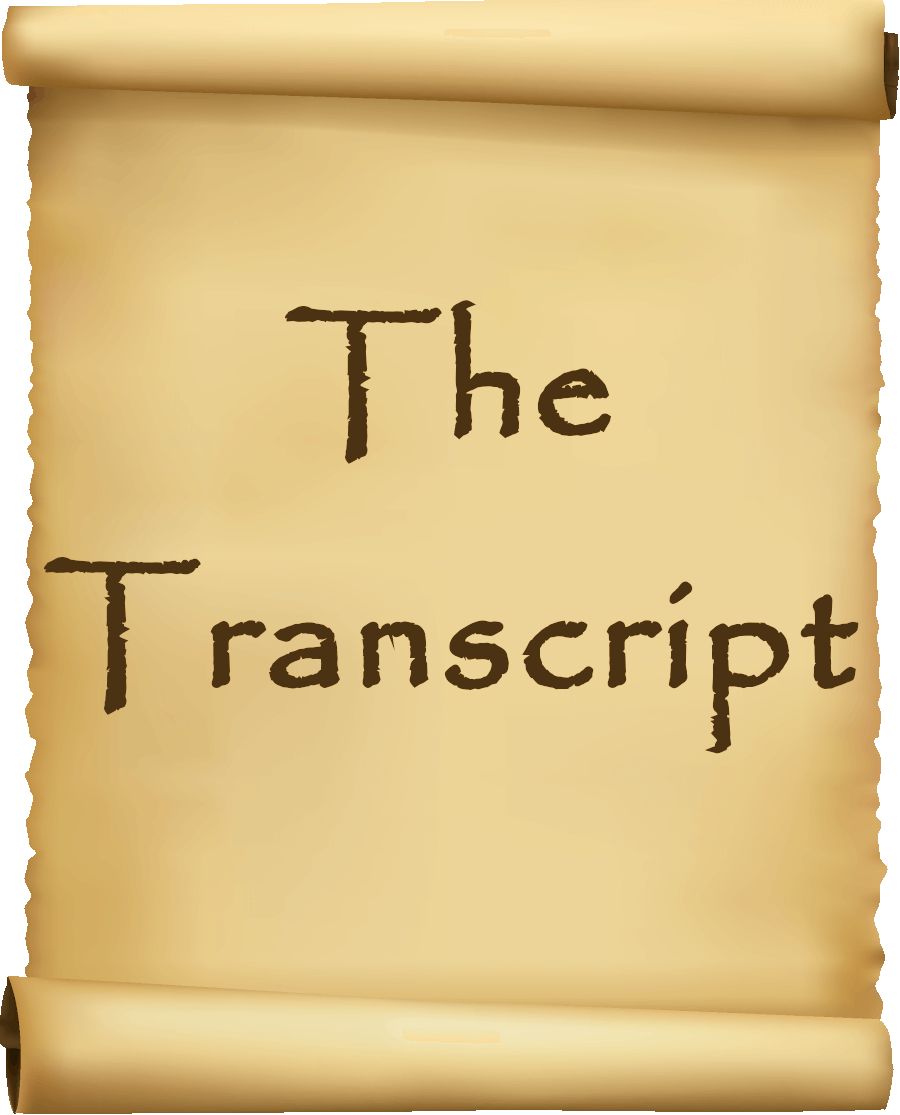T120526074004
1 Feelings, suffering, and desires all are one.
2 They are simply definitions, thoughts, and emotions. And emotion is a desire for expression—expressing oneself one way or another because of attachments to something we see and express.
3 If you notice, for instance, when you see someone doing something or acting upon something, it responds to you as you react to your view of what you see. What you see is expressed, and you give it form in your attempt to understand and experience what you have seen.
4 It triggers emotions—happiness, sadness, joy, disgust, either up or down, left and right. You see? You act and react towards that something in a new attempt to understand, acknowledge, and feed from it. If it fits you, you applaud it; if it doesn’t, you condemn it. You see? Up or down, good or bad, left or right.
5 It is all a thought, and that thought manifests in every which way you want because it becomes a desire: A desire to keep experiencing, to keep watching, to keep enjoying, to keep suffering, to keep acknowledging, to keep praising, to keep condemning, and in that back and forth of exchanges, we exist, and we Are.
6 See, for instance, a dream. A dream only manifests because you relate to something. But since there is no physical body in action through the senses, it does manifest in preconceived realities that we have acquired over time, and we choose to express them in an attempt to understand what is unfolding before us in thought-form while in dreams.
7 Dreams are an attempt to interpret whatever manifestation is taking place. Remember, the spirit (soul) never sleeps. So, while the body rests, the spirit (soul) keeps manifesting its desires, actions, and reactions in ways that we can only remember as receptors we are through our memory bank in different forms.
8 That’s why people wake up with different emotions when they dream. Dreams can make you wake up sad, happy, and content, with a desire to become active or sluggish because they are a reflection—an outcome of a series of previous thoughts that have gathered in your memory bank as part of an emotional trace left behind.
9 We should remember our dreams in order to attempt to see what we weren’t able to see before in our waking thoughts, ideas, ways of thinking, and how we see things and react to them. And it is up to us to see the true feeling— that link to the analytical mind that we have or lack having: Its attachment to the body but in thought. You see?
10 The problem is that we don’t validate our dreams, for we try to find logic to what is and exists in density matter and discard the rest. In the universal law, nothing is discarded. Everything is taken, has value, and every little detail counts as you unfold your existence.
11 If we ever understand that we are thought and are none other than a reflection of our thoughts, then we would understand our true nature, what we really are, and stop living this falsehood we call life.
End of Transcript 120526074004

